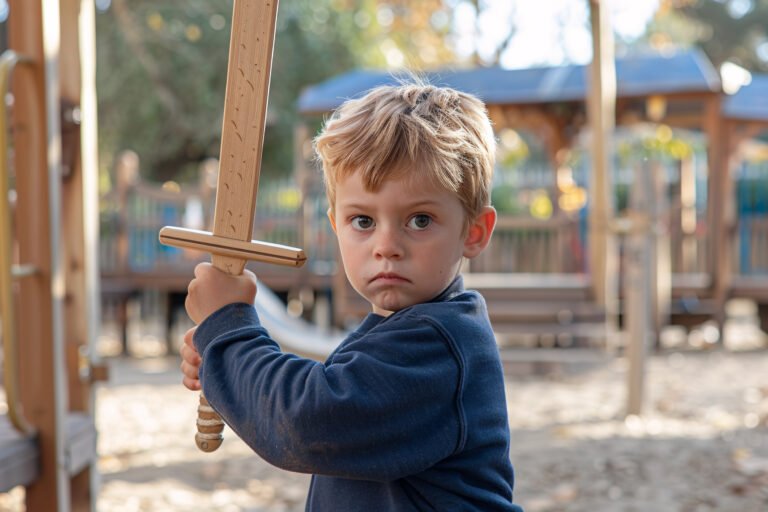Why Some Kids Struggle with Grounding Exercises (And What to Do Instead)

Have you ever introduced a grounding or mindfulness activity to a child—only to see it completely backfire?
You’ve asked them to name five things they can see, four they can touch, and so on… but instead of calming down, they fidget more, giggle nervously, or shut down altogether. Maybe they say, “This is boring,” or refuse to participate. You might wonder: Isn’t this supposed to help?
As school counselors, psychologists, and allied health professionals, grounding and mindfulness are often our go-to tools for emotional regulation. But for some children—especially those who’ve experienced trauma, neurodivergence, or sensory sensitivities—traditional grounding strategies can feel confusing, overwhelming, or even threatening.
In this blog post, we’ll explore why some kids struggle with grounding techniques, what’s happening beneath the surface, and what we can do instead to meet their regulation needs in a way that feels safe, empowering, and effective.
What Are Grounding Exercises, and Why Do We Use Them?
Grounding exercises are strategies designed to help individuals reconnect with the present moment—often by tuning into their five senses. They are commonly used to reduce anxiety, interrupt dissociation, and support emotional regulation.
Examples include:
- The “5-4-3-2-1” sensory scan
- Deep breathing or box breathing
- Mindful walking or stretching
- Noticing colors, textures, or sounds
- Anchoring touch (e.g., hand on chest or squeezing a stress ball)
These tools can be incredibly effective—when the child’s nervous system is ready for them.
Why Some Kids Don’t Respond Well to Grounding Techniques
Despite our best intentions, grounding strategies sometimes don’t land. Here’s why:
1. The Child’s Nervous System Is Too Activated
When a child is in a state of fight, flight, or freeze, the logical brain isn’t accessible. If their nervous system is in high alert, asking them to “notice what you can see” may feel meaningless or frustrating.
I remember working with a child who had a trauma history and would often shut down completely when asked to “focus on his breath.” It took me a while to realize that tuning into his body didn’t feel safe—it brought him closer to sensations he had learned to avoid.
2. Grounding Assumes Cognitive Availability
Some grounding activities are cognitively demanding. Naming senses in order or focusing on internal states requires working memory and executive function. In dysregulated moments, those abilities often go offline.
3. It Feels Too Abstract or “Therapist-y”
Many kids see grounding exercises as something adults do “to” them—not with them. If it feels scripted or inauthentic, children may disengage or push back.
I’ve had moments where I launched into the 5-4-3-2-1 method and the child replied, “I don’t care what I see!” It reminded me: unless the tool is meaningful to them, it won’t regulate—it will irritate.
4. Sensory Overload or Sensory Mismatch
Some children (especially neurodivergent children) may find grounding exercises too stimulating. For example, tuning into sound or light may increase sensory discomfort rather than reduce it.
5. The Tool Doesn’t Match the Emotion
Not all dysregulation is the same. Trying to “breathe through” rage or use a quiet activity when a child needs movement is like putting a lid on a boiling pot—it won’t hold.
What to Do Instead: Trauma-Informed Alternatives to Grounding
If traditional grounding strategies aren’t working, it doesn’t mean regulation is out of reach. It means we need to shift our approach from technique-focused to child-focused—prioritizing safety, movement, sensory input, and relational connection.
1. Use Movement-Based Regulation
Many children need to move before they can think. Try:
- Stomping games (“Let’s stomp out that feeling”)
- Animal walks or wall pushes
- Jumping jacks or skipping
- Using a scooter board or mini trampoline
These activities activate the proprioceptive and vestibular systems—powerful tools for calming the nervous system.
2. Offer Heavy Work or Deep Pressure
Activities that involve pushing, pulling, lifting, or squeezing provide organizing input. Examples include:
- Weighted blankets or lap pads
- Carrying a backpack or moving books
- Chair push-ups
- Wall sits or “pretend tug-of-war”
These are especially helpful for children with sensory processing challenges.
3. Focus on External Anchors
Instead of inward-focused grounding (like body scans), try external strategies:
- A fidget or textured object
- A visual calm corner with sensory visuals
- Music with a steady beat
- A countdown timer paired with a simple task (“Let’s tidy these blocks for one minute together”)
4. Use Relationship as the Regulator
Sometimes, it’s not a strategy—it’s you. Co-regulation, especially through eye contact, tone of voice, proximity, or shared activity, is the most powerful grounding tool.
One day, I sat beside a child who had flipped the game board and was breathing heavily. I didn’t speak. I simply mirrored her breathing, slower and slower. She glanced at me, then adjusted her pace. No technique—just presence. That was the real regulation.
5. Let Play Lead
Children process through play more easily than through talk. Try regulation through:
- Dramatic play (“Let’s pretend we’re superheroes shaking off the storm”)
- Art (coloring “what the feeling looks like”)
- Sand trays, puppets, or small world setups
Play gives the child control and helps externalize overwhelming inner experiences.
Frequently Asked Questions
Why do some children get more anxious during grounding?
If a child has trauma or sensory issues, turning inward can be dysregulating. Focusing on their body or breath may bring up sensations they aren’t equipped to manage yet.
Should I stop using grounding exercises completely?
Not necessarily. Grounding can still be helpful—when timed appropriately. Use it when the child is already somewhat regulated, or explore modified versions that suit their needs.
How do I know if a strategy is working?
Watch for signs of softening: slower breathing, more eye contact, relaxed posture, increased engagement. If the child becomes more dysregulated, freeze, or refuses, pause and pivot.
What’s better: proactive or reactive regulation?
Both. Teach regulation tools proactively during calm moments, and support co-regulation reactively when the child is in distress. Practice during play and connection—not just crisis.
Final Thoughts: Regulation Is Relational, Not Prescriptive
When a child rejects grounding techniques, it doesn’t mean they’re “resistant” or “noncompliant.” It means the tool isn’t a match for their nervous system in that moment.
As professionals, our job isn’t to stick to the script—it’s to stay attuned.
Regulation isn’t about perfect techniques. It’s about trust. It’s about understanding that every child’s body and brain have their own language—and that sometimes, the best grounding exercise is a jumping game, a song, or a quiet moment side-by-side.
Let’s honor the wisdom in their behaviors and meet them where they are—not where we expect them to be.
Want More Tools Like This?
If you’re supporting children who struggle with traditional grounding or self-regulation strategies, the All Therapy Resources Membership offers over 1,000 creative, trauma-informed tools—designed by professionals for real-life moments. Inside, you’ll find sensory-based activities, visual supports, co-regulation guides, and playful interventions to meet every nervous system where it’s at.
Visit https://membership.alltherapyresources.com to explore the full library and join a growing community of school counselors, therapists, and educators making a difference—one regulated child at a time.













